François Boucher
1703-1770 France/Rococo
Click an Image to Enlarge
the
Grapes
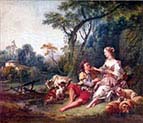
Madame
de Pompadour

Madame de
Pompadour two

The
Mill

The
Bridge
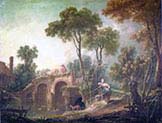
Afternoon
Meal

Rising of
the Sun

Setting
of the Sun

Mademoiselle
O'Murphy

La
Modiste
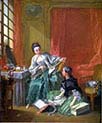
Diana
Resting

Toilet of
Venus

Triumph
of Venus
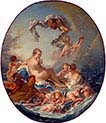
the
Landscape
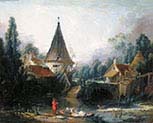
Venus
et l'amour

The Birth
of Venus
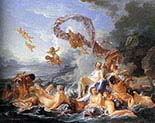
Rape
of Europa

The
Toilette
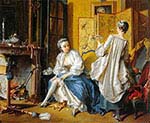
Summer
Pastoral

Venus Demanding
Arms

An Autumn
Pastoral

Painter in his
Studio

Amor
a Prisoner

Amor
Comforted

The Artist's
Daughter

Heracles and
Omphale

Jupiter and
Kallisto

Toilet
of Venus

Country
Life

Landscape with a
Cherry Picker

Landscape with
Brother of Lucas

Louis Philippe
of Orleans

Madame
Bergeret

Madame de
Pompadour

Rinaldo
and Armida
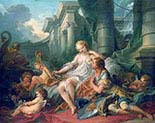
River Landscape
with Ruin
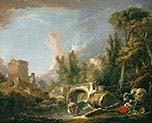
The Fountain
of Love

The Beautiful
Stove

The Gallant
Fisherman
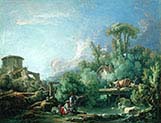
The Geniuses
of the Arts

The Light of the
World

The
Forest

Chinese
Fisheries
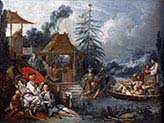
Vulcan
Presenting Venus

Girl
in a Park

an allegory
of music

an allegory
of poetry
